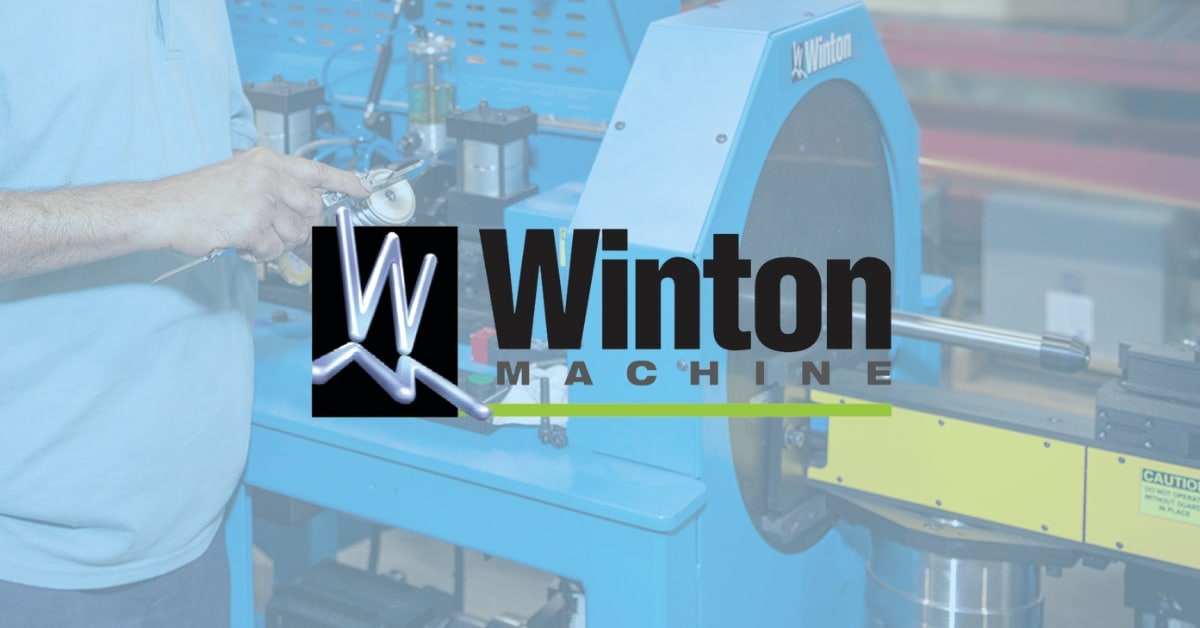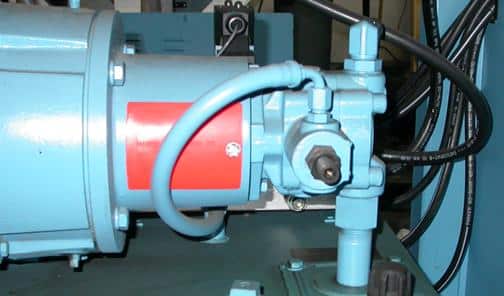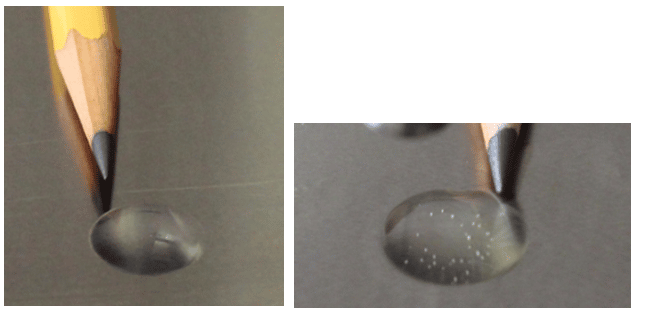The Crackle You Don’t Need
How water in the hydraulic oil can dampen the flames on an otherwise great day
Does the current winter seem long? Are you wondering if it will end by Easter? You ponder this in front of a warm fire as the weekend nears to an end. Your thoughts drift to the following morning where you are confident that the hydraulic tube bender that was not making quality bends on Friday will probably continue to do so when you arrive for work on Monday. You start to think: “Why can’t that almost new hydraulic power supply build full pressure? It did so for the first year”.
After inspecting several components including the relief valve, you start to wonder about the integrity of the pump. “How could it be the pump, it’s almost new.”
Out of nowhere the burning logs start to crackle. You know it’s the steam exploding violently as the fire heats up the trapped air within. Then it hits you. Steam is produced at 212 °F at atmospheric pressure. However, you remember that on the inlet side of some pumps that a low pressure exists as fluid is drawn into the pump’s chamber. This low pressure can cause water to turn into steam well before 212 °F and the exploding steam can easily cause pitting over time when exposed to aluminum components within a pump. Water will also effect brass in the pump as well as steel, thought it will take longer.
Now the fire is roaring and you can feel the warmth being generated by the hot coals. You can now enjoy the relaxing fire because now that you have a possible cause a solution to your problem can’t be far away.
By Tuesday, the pump has been replaced and the machine is back up and running. Great! Well maybe. Maybe it is time to inspect the quality of the hydraulic fluid itself.
Water in the oil can cause all kinds of problems. Problems that aren’t always noticed quickly. Problems that can grow slowly in magnitude over years. In short, water can cause pitting within a pump. The pitting can damage components thus bringing a pump to an early demise.
Water can come from condensation. Condensation can be produced by pulling a machine from cold storage and putting it back in production. Maybe the tank was drained and cleaned while in storage. Maybe it wasn’t. Condensation can also come from operation in a humid environment, as the unit heats and cools each day as part of its daily cycle it will draw in moisture.
The first step might involve looking at the sight gauge on the side of the tank: see Figure 1.
Figure 1 shows a sight gauge with clear hydraulic oil in the lower portion of the gauge
Water in the oil can appear as cloudy, however the fluid in the lower portion of the sight gauge in Figure 1 is clear. The next step might be to take a look at the return line filter gauge. Water can cause the oil to gel up thus jacking up the return line pressure. The next step might be to test the fluid itself.
If you can’t send the fluid out for formal testing, then you may want to consider the crackle test before you clean the tank and lines and replace with new AW46 oil. The crackle test amounts to placing a drop of the suspect oil on a hot plate. The plate, at about 320 °F, will cause any water in the drop to vaporize immediately. The vaporization can be seen by eye providing the oil is translucent. Figure 2 below shows two drops; one with water and one without water.
Figure 2 shows a bead on the left that is free of vaporized water bubbles. The bead on the right shows several. Both beads are sitting on a 320 °F plate.
Just like a fire exposes the moisture in a log; so does a hot plate expose the water suspended in the oil?
Be sure to wear eye protection along with the necessary personal protection equipment when performing the crackle test.

George Winton, P.E. designs and builds CNC tube fabrication equipment for Winton Machine in Suwanee, GA. He can be reached at gwinton@wintonmachine.com or 888.321.1499.
About the Machines We Build
All of our semi-rigid coax and tube fabrication machines at Winton are designed, manufactured, and tested in-house. We have a large line of standard products as well as the ability to engineer the best solution for our customer’s needs. Our experienced sales staff makes sure that our customers can justify their capital equipment investment by offering a solution that is exactly what they need in order to manufacture their parts. Please contact us today to discuss your project.





